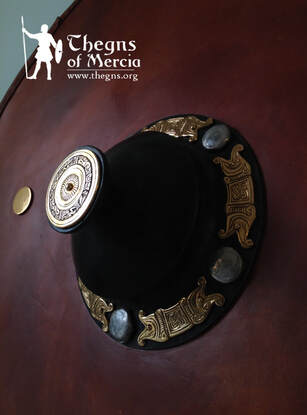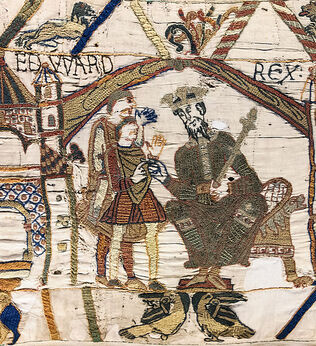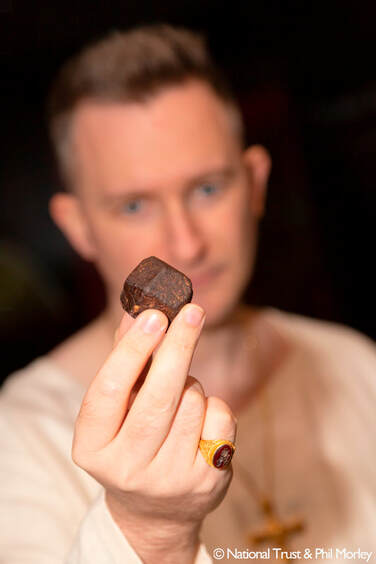Many cemeteries in this region with fascinating finds were excavated prior to modern archaeology considerably challenging efforts to reconstruct burial assemblages (a problem we have discussed previously and will return to in a later chapter discussing the reconstruction of an assemblage from Bidford-on-Avon) but one cemetery in particular was meticulously excavated in the mid 1980s by some of the UK’s leading early medieval specialists, and after a lengthy delay its archaeology was analysed and finally published in 2009. The themes which emerged from the analysis of the ‘Roman, British and Anglo-Saxon Community’ cemetery at Wasperton challenged many of the existing assumptions and entrenched debates about the arrival of the ’Anglo-Saxons’, changing burial practices, expression of identity, and the emergence of ‘Anglo-Saxon’ kingdoms (Carver et. al., 2009) in ways that have perhaps still not fully had chance to work through.
The archaeology here was, for an early medieval cemetery, almost uniquely long-lived and continuous, diverse, and did not fit with any particular simplistic model of settlement or change. Argued to ‘raise more questions than it answers’ the cemetery at Wasperton represents a local community, in the heart of what is now England – always diverse, highly networked with other regions, continually renegotiating its identity, and adapting or responding to outside change.
Seeking to raise awareness of this fascinating archaeology, here we present and discuss work led by Thegns of Mercia member and historic costume expert Lindsey Catlin to reconstruct the appearance of one individual from this late antique Anglo-British community based on remains from one of 242 burials in the Wasperton cemetery.





 RSS Feed
RSS Feed
